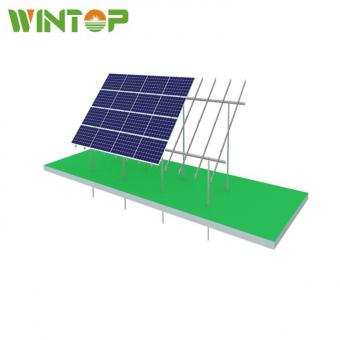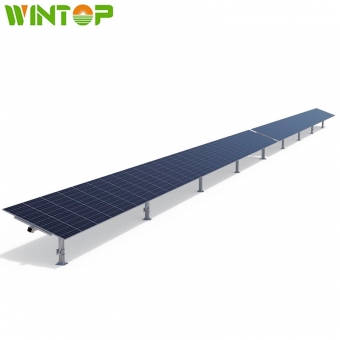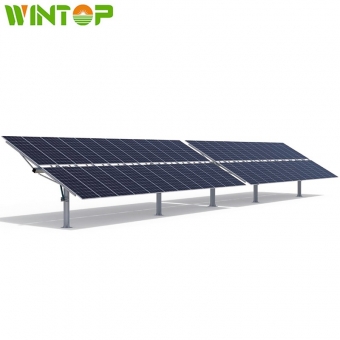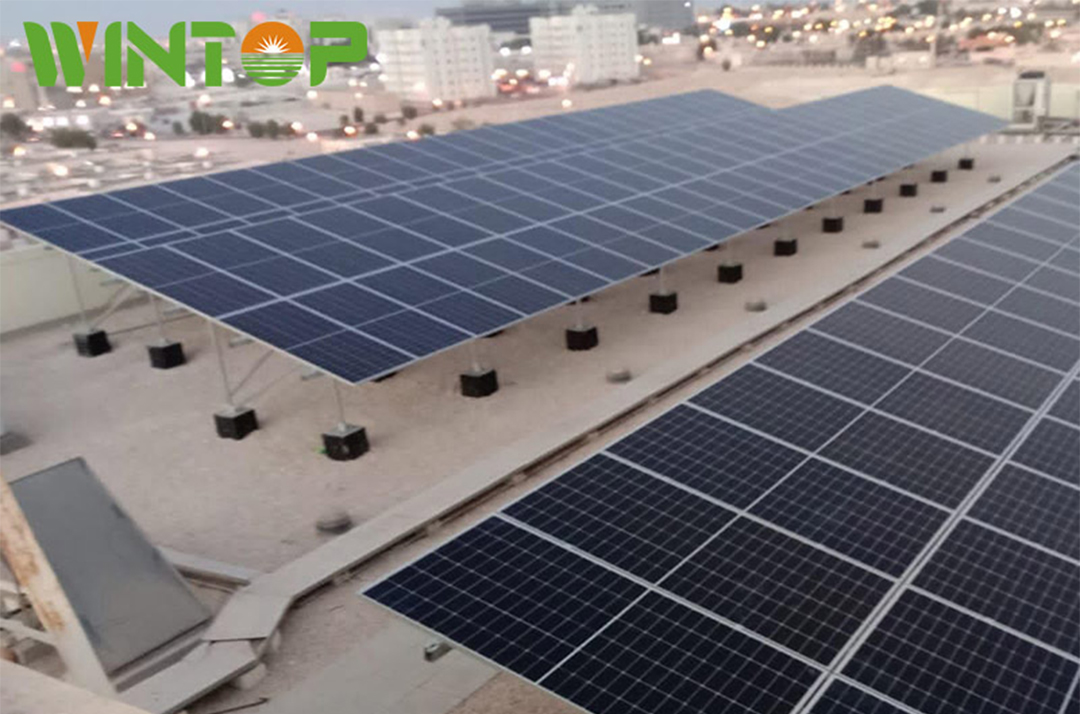
What are the types of solar brackets?
Single axis tracking bracket: The single axis tracking bracket can rotate horizontally or vertically according to the position of the sun to track the trajectory of the sun. This bracket can keep the solar panel facing the sun at all times, maximizing energy harvesting efficiency. Single axis tracking brackets are commonly used in large solar power plants or places that require high energy output.



Roof integrated bracket: A roof integrated bracket is a bracket system that directly installs solar panels on the roof of a building. This type of bracket does not require additional bracket structures and can better integrate into the building's exterior, commonly seen in rooftop solar systems.

Categories
New Blog
© Copyright: 2025 Xiamen Wintop New Energy Tech Co., Ltd.. All Rights Reserved.

IPv6 network supported
Friendly Links:
Integrated Solar System